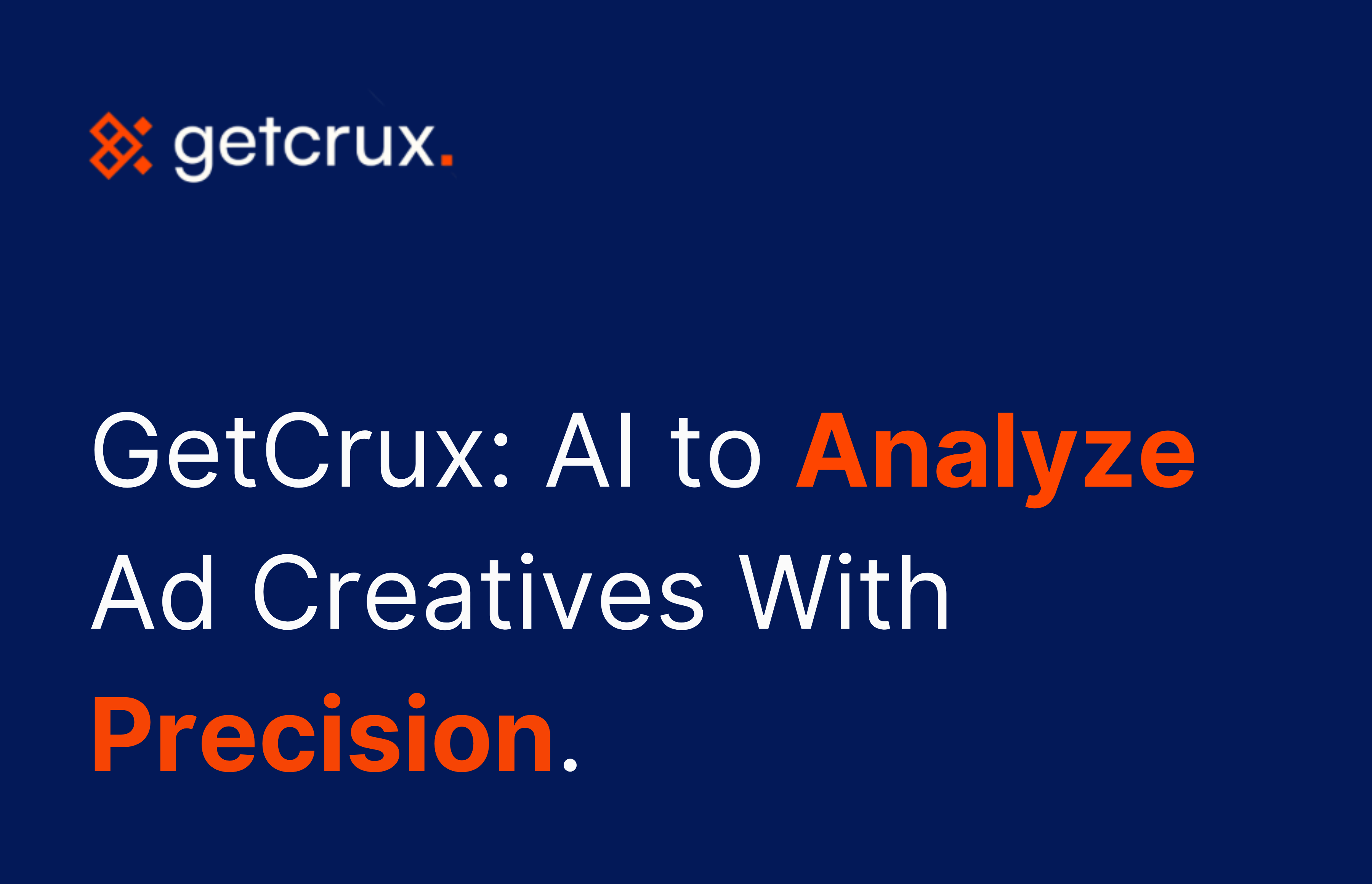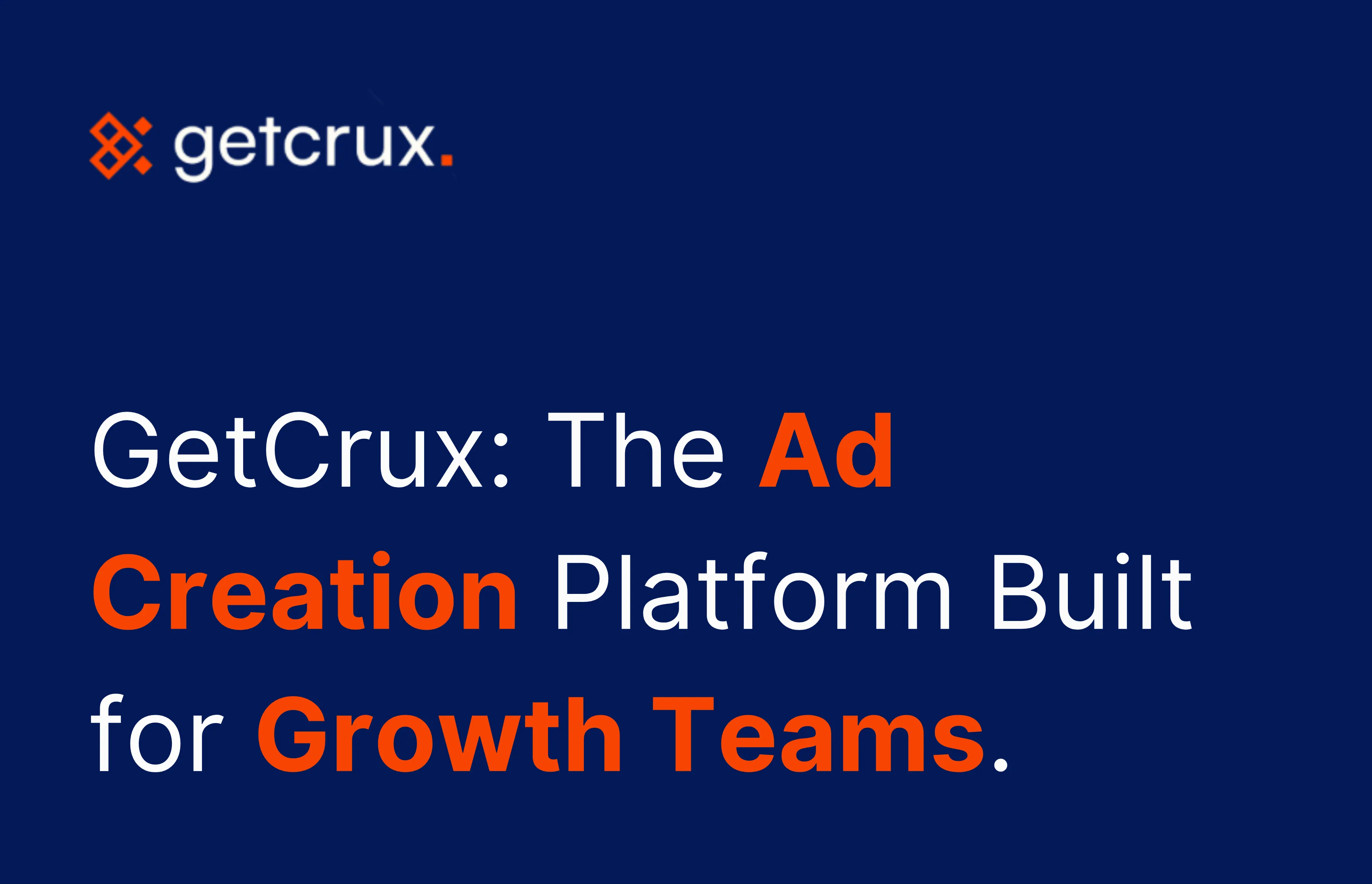Modern paid social performance is driven by how effectively marketers can understand what their creatives are actually doing: which elements help an ad gain traction, which patterns drive conversions, and where fatigue or inefficiency creeps in.
What defines strong AI tools for analyzing ad creatives
1. Ability to evaluate existing creative output at depth
Marketers rely on real performance history to understand what has worked. This requires tools that can interpret each creative at a granular level, identify components that influence outcomes, and compare these components across the entire library.
A strong tool can:
- Break every ad into its building blocks
- Show patterns across winners vs non-winners
- Flag elements that consistently improve results
This helps marketers who have substantial historical creative volume and need clarity on the signals inside it.
2. Understanding platform context
Ad performance varies meaningfully across surfaces like Meta, Instagram, Google Display, and TikTok.
Tools need to:
- Pull assets from these environments
- Maintain consistency in how creatives are evaluated
- Support channel-level comparisons to align insights with each network’s behavior
This orientation is important for teams active on multiple paid social platforms or those scaling beyond a single channel.
3. Support for high creative volume
Teams launching frequent iterations need tools that can:
- Handle bulk ingestion
- Label and classify at scale
- Score large sets of variations
This matters when creative engines are running constantly and marketers need fast answers without slowing down testing velocity.
4. Integration with performance data
Understanding creatives in isolation is incomplete.
Tools need the ability to:
- Pull in metrics like CTR, conversions or ROAS
- Link performance to creative attributes
- Help teams spot which visual or narrative cues correlate with results
This closes the loop between creative quality and actual business impact.
5. Fit for real marketing workflows
Teams move through a predictable flow:
- Review performance
- Understand why some assets worked
- Select the next set of variations
- Monitor saturation or fatigue
AI tools need to slot neatly into this routine, supporting insight review, decision making, and prioritization in a way that speeds up iteration rather than adding complexity.
How GetCrux Supports the Creative Analysis Workflow
GetCrux is built specifically for marketers who need to analyze ad creatives with speed and depth. Below are the capabilities that matter for this domain.
1. AI that watches every creative and labels every element
Instead of relying on filenames or manual tagging, GetCrux uses vision models to examine:
- Hooks
- Scenes
- Messaging
- Demographics
- Color schemes
- On screen actions
- Introductions of product or brand moments
Every creative becomes a structured object that can be compared across your entire library.
This allows you to answer questions such as:
- Which visual setups consistently appear in our top performers?
- Which narrative styles correlate with stronger downstream events?
- Do certain creative formats perform better for specific segments?
2. Insights mapped to platform behavior
GetCrux connects directly to platforms like Meta and TikTok and can supplement that with 1st-party performance sources.
This lets marketers:
- See how each creative performs for each placement
- Compare how visual patterns behave across networks
- Tailor next steps based on platform specific signals
It supports platform-specific decision making rather than generic guidance.
3. Built for teams running large creative volumes
GetCrux handles:
- Bulk uploads
- Large historical creative libraries
- Ongoing streams of new ads
- High frequency testing
This ensures marketers who launch dozens or hundreds of variants can still trace pattern changes without manual effort.
4. Direct linkage between creative attributes and performance
GetCrux merges:
- Creative labels generated by AI
- Performance data from ad platforms or internal sources
This creates an environment where marketers can:
- Discover which variables correlate with efficiency
- Sort creatives by specific narrative or visual traits
- Understand what separates winners from near misses
It is designed to reveal not just what worked, but why.
5. Supports full creative iteration cycles
The platform fits directly into the actual workflow marketers follow:
Review signals
Interpret patterns, fatigue, audience reaction, and conversion efficiency.
Prioritize concepts
Determine which approaches should continue, which are wearing out, and which new themes should be tested.
Monitor trends
Track whether performance is shifting due to message saturation, seasonality or structural changes in the account.
This matches how growth and creative teams already operate, which makes GetCrux easy to integrate without changing internal processes.
Why marketers use GetCrux for creative analysis
Pattern finding that goes deeper than dashboards
GetCrux evaluates the creative itself, not just performance metrics. This creates insight pathways that are difficult to uncover manually.
Consistent, objective creative labeling
Every ad is evaluated the same way, eliminating the guesswork and human bias common in weekly creative reviews.
Faster access to learning cycles
Teams using GetCrux dramatically reduce the time it takes to find new insights or refine testing plans.
Scalable enough for high velocity teams
The system is built for teams launching large numbers of creatives across multiple channels.





